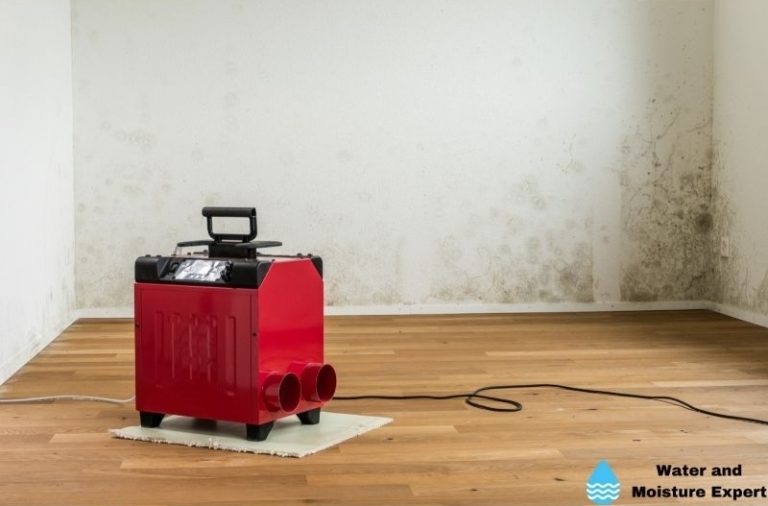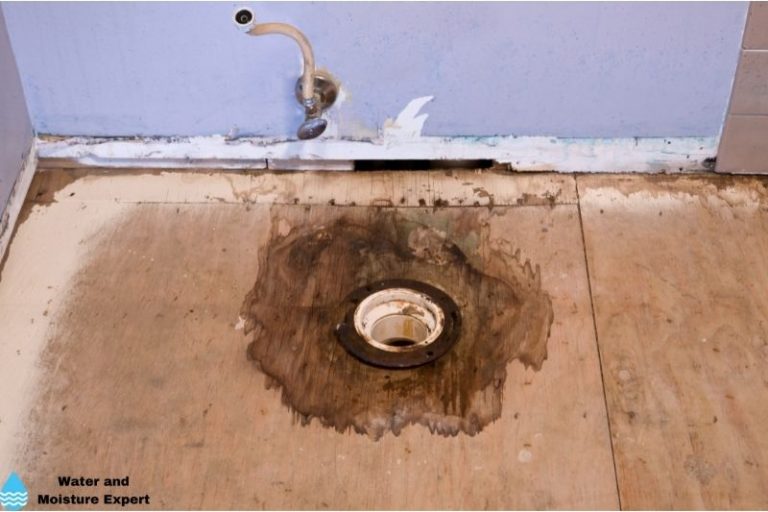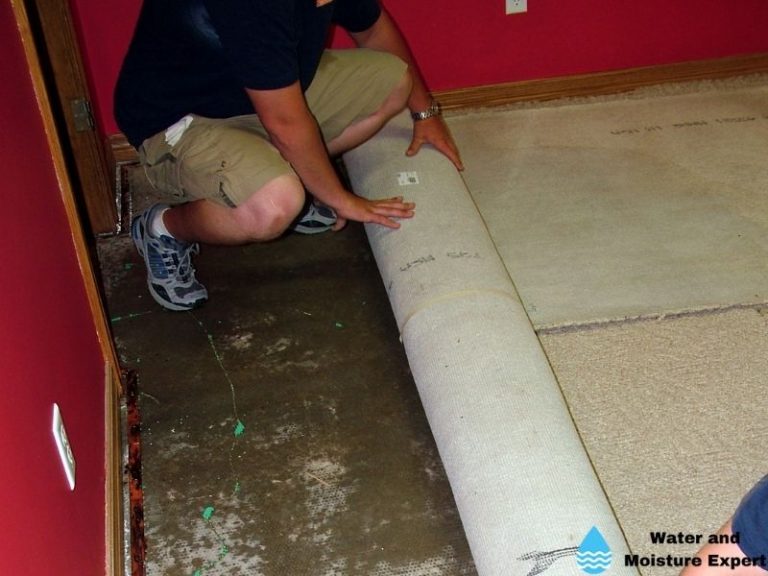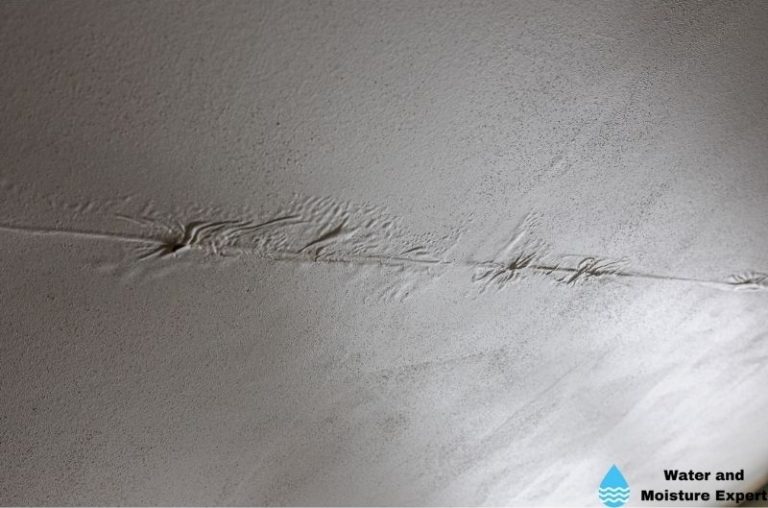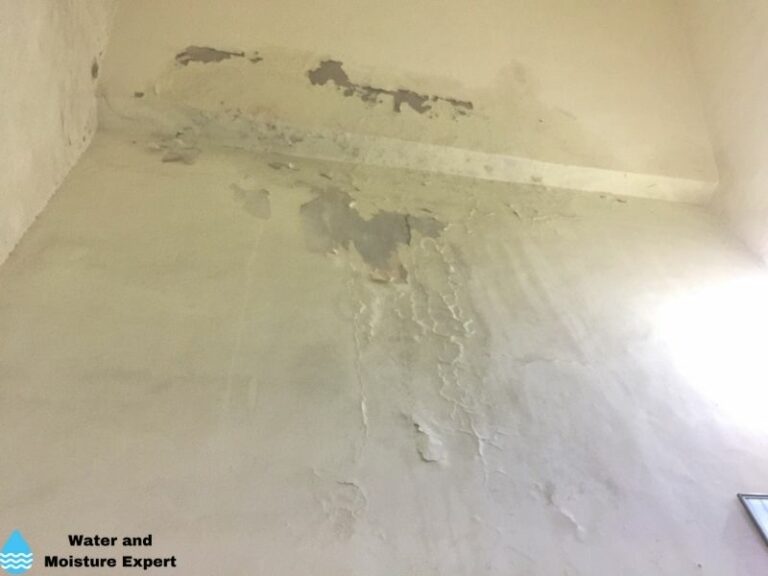Water Damaged Laminate Floor. Tips From Professionals
Water damage can happen anywhere, and regardless of how well you try to avoid it, sometimes it can damage your flooring. Laminate flooring is especially prone to water damage, and it can swell, become loose, and even crack or chip if it gets too wet. While some types of laminate flooring are waterproof, most types are not. If your floor is too damaged, you may not be able to repair it and may need to replace it instead.
Water Damaged Laminate Floor:
To know if your laminate floor is damaged, check for splitting, swelling, bubbling, cupping, soft spots, or mold growth. If the area is small and only the top is damaged, you can use a laminate repair kit. If more than the top is damaged, you can replace one or more planks. For more substantial water damage, you need to replace the laminate floor.
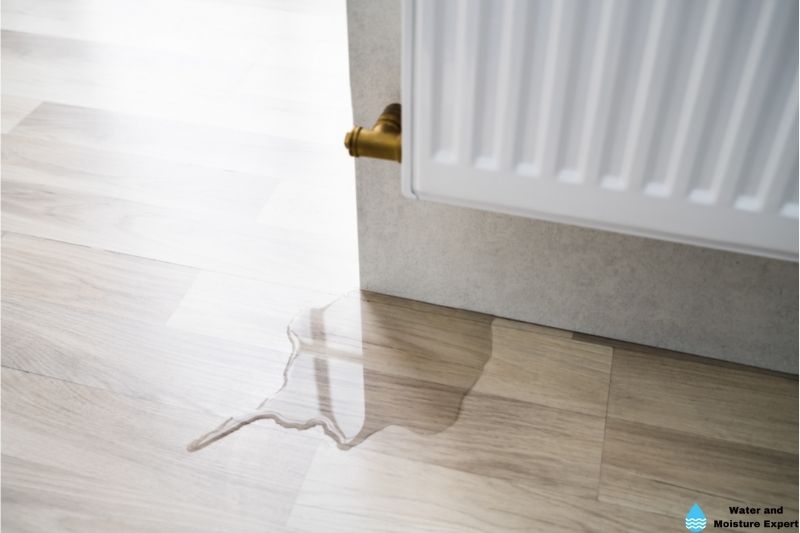
If you find that your laminate flooring is damaged by water, you will need to decide if you want to replace it or try to repair it. I advise first to determine the severity of the damage and whether or not you can repair it or have to replace it. In this article, I will explain how to repair a water-damaged laminate floor and how to know if it has water damage.
Contents
- 1 Can Wet Laminate Floors Be Repaired?
- 2 Can You Fix Swollen Laminate Flooring?
- 3 What Happens If Laminate Floor Gets Wet?
- 4 How Do I Know If My Laminate Floor Has Water Damage?
- 5 How Do You Clean Water Damaged Laminate Flooring?
- 6 What Happens If Water Gets Under Waterproof Laminate Flooring?
- 7 Is There A Way To Fix Swollen Laminate Flooring?
Can Wet Laminate Floors Be Repaired?
Laminate flooring is not made to withstand liquids or water and is often damaged very easily. If you notice that the top of the laminate floor is damaged, but the structural part is still intact, you can find laminate repair kits that allow you to resurface the laminate to make it look flat and normal.
If your laminate flooring gets wet and the damage is more substantial, it’s usually easier to replace it instead of using a laminate repair kit. Most of the time, the laminate flooring will absorb the water quickly and start to bubble or warp almost immediately, so if there is any water left standing on it, it will need to be replaced.
The good thing about laminate flooring is that it is usually put down in pieces or planks, so if the water damages only a small section of the flooring, you can just replace that section instead of having to remove and replace the whole floor.
Can You Fix Swollen Laminate Flooring?
When laminate flooring becomes wet or standing water is on it for a long time, you may notice that it becomes swollen quickly. This is because laminate flooring can absorb a lot of water, and when this happens, it expands. If your laminate flooring was put down in pieces, it’s easy to fix it by simply replacing damaged parts.
Keep in mind that you will need to find the water source causing damage to the flooring. If you don’t deal with the leak before making your repairs, the new flooring will become wet and swollen, and you will still be dealing with the issue. I always advise storing some additional laminate planks for this kind of occasion.
What Happens If Laminate Floor Gets Wet?
When the laminate floor gets wet, you will notice that it swells and becomes soft and spongy. The laminate easily absorbs water, so even a small amount can damage it. The amount of water and the length of exposure to the water can determine the severity of the damage. If you spill a drink on the floor and can clean it up quickly, there may not be enough time for the liquid to be absorbed by the flooring, and it may not damage it at all. If there is a severe leak or flood and the laminate flooring is underwater for any time, then the laminate flooring may become damaged and start showing signs that it needs to be repaired.
How Do I Know If My Laminate Floor Has Water Damage?
If you notice water standing on your laminate flooring, you may be wondering if it has caused enough damage to require the flooring to be repaired. There are different signs to look for that can tell you if your floor needs to be replaced.
● Splitting
If the laminate flooring gets very wet and starts to swell or expand quickly, the surface of the laminate flooring could start to split. The laminate could crack or splinter and will be damaged in multiple places. At this point, it can’t be repaired and will need to be replaced.
● Swelling
As laminate flooring gets wet, it absorbs the water and expands. This leads to swelling and can cause some of the laminate pieces to be pushed up or cause them to pop up out of place. The laminate can also feel squishy, and water may come out of it when it is stepped on. Depending on the severity of the swelling, the laminate flooring may be able to be dried out and saved. If the swelling is too severe, it may need to be replaced.
● Bubbling
Bubbling occurs when the water gets under the surface of the laminate flooring and begins to push up on the laminate. It causes the laminate to bubble, and those bubbles can eventually crack and peel back to expose the wood or pressed board under the laminate surface. If only a few pieces of the laminate are damaged with bubbling, you may only be able to replace those pieces to save time and money.
● Cupping
Cupping happens when the laminate flooring gets wet and starts to swell in some areas and cups in others. The cupping can occur in one area of the floor or could cover the entire floor. It can be difficult to make repairs when there is cupping, and it’s often easier to just replace the damaged portion of the floor.
● Mold Growth
Mold growth is a common sign of water damage and can be dangerous. Mold isn’t always noticeable, and if you find it, it may also be in other areas of the home. If you do notice mold, you may choose to have a mold remediation expert remove the mold safely before you move on with repairs. I recommend always taking mold seriously and ensuring that you have completely removed it.
● Soft Spots
If you try to walk on your laminate flooring and it feels soft, or certain spots feel weak, it’s a sign that there is water damage. If the laminate is soft, you can try to dry it out before it starts to swell or shows signs of cupping. If the subfloor is also soft, the damage may be worse than you think, and you may need to replace both the laminate and the subfloor.
How Do You Clean Water Damaged Laminate Flooring?
If your laminate flooring is damaged by water and you can save it, you will need to clean it. Water can carry bacteria and germs that can make you or your family sick if they come in contact with them. I recommend using a mixture of half bleach and half water to disinfect the flooring and then make sure it dries thoroughly. There are also commercial cleaning products that are designed to help disinfect the area and kill bacteria that are known to live in dirty water.
Keep in mind that before you start cleaning, you will need to find the source of the flooding or leaking. If you don’t find the source of the leak, the water may continue to damage the floor and require you to clean it again or make even more repairs.
What Happens If Water Gets Under Waterproof Laminate Flooring?
If you have a waterproof laminate, the laminate may not be damaged or destroyed if there is water on it. If the water gets underneath the laminate flooring and gets to the subfloor, it could damage the subfloor if it is from non-waterproof material and cause it to need to be replaced. If you do need to replace the subfloor, you will have to pull up your laminate. If you pull it up carefully, you may be able to put it right back down on the new subfloor.
Is There A Way To Fix Swollen Laminate Flooring?
Not all swollen laminate flooring can be saved. If you catch the leak before it causes too much damage, you might be able to save your laminate flooring by following these steps.
● Step 1: Dry The Floor
Dry the floor completely to see how much of the water comes out of the laminate and whether or not the swelling will go down, and the laminate can be saved. You can open the windows in your home to allow the air to circulate and bring in commercial fans to dry the floor as quickly as possible.
● Step 2: Weighted Roller
Even if all the water comes out of the flooring as it dries, you may still need to weigh it down to flatten it out and make the surface even. You may need to check the flooring more than once to ensure it is flat.
● Step 3: Replace Any Pieces That Can’t Be Saved
You may be able to save the majority of your swollen laminate, but there may also be some that can’t be saved and will need to be replaced. Add the new pieces to your flooring to give it an overall completed look.

